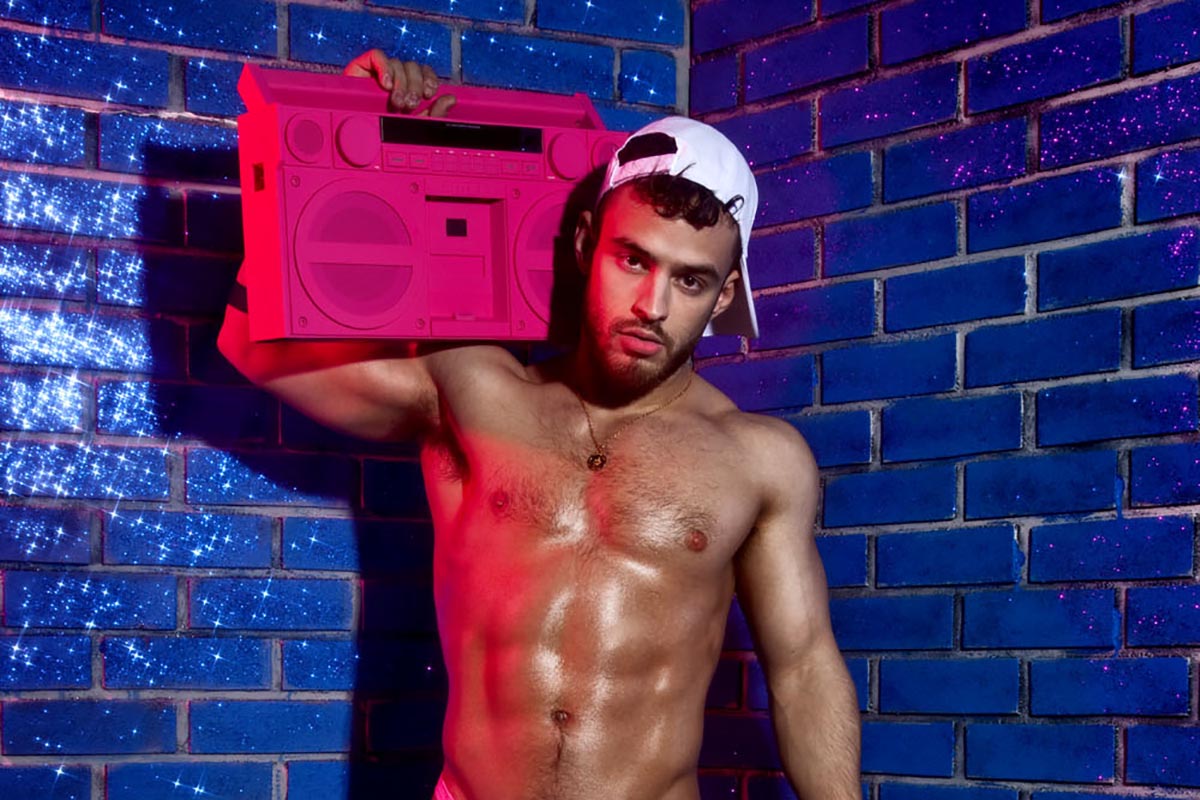Two books have already published your work as a photographer. Your images are immediately recognizable… Tell us about yourself!
My first book was from my work for HX Magazine in the mid-90s. Before that, I was in fashion and music. And of course, I wasn’t making any money. HX brought my work to light, and suddenly my images were everywhere. I received a call from Bruno Gmünder in Berlin who wanted to edit this work.
–
My second book comes from my blog “Pink and Wrinkly” which I started in 2005. Back then, blogging was really the go-to thing, Instagram hadn’t taken off yet. I have posted photo sets with anecdotes about the models. After GUS magazine offered one of my series, I was contacted by a French publisher, H&O Éditions, which led to the publication of my second book in 2008. I have always been a portrait painter, I am interested in people, to sexy, to alternative glamor, to capturing a person’s essence, to something revealing, to a moment of transformation.
Would you agree if we say that today you are part of gay imagery?
I’ve been photographing the gay scene of downtown New York since the late 1980s. I see myself as carrying on a tradition of underground gay art. In more than three decades in the New York gay scene, my work has become a benchmark of contemporary “queer” culture.
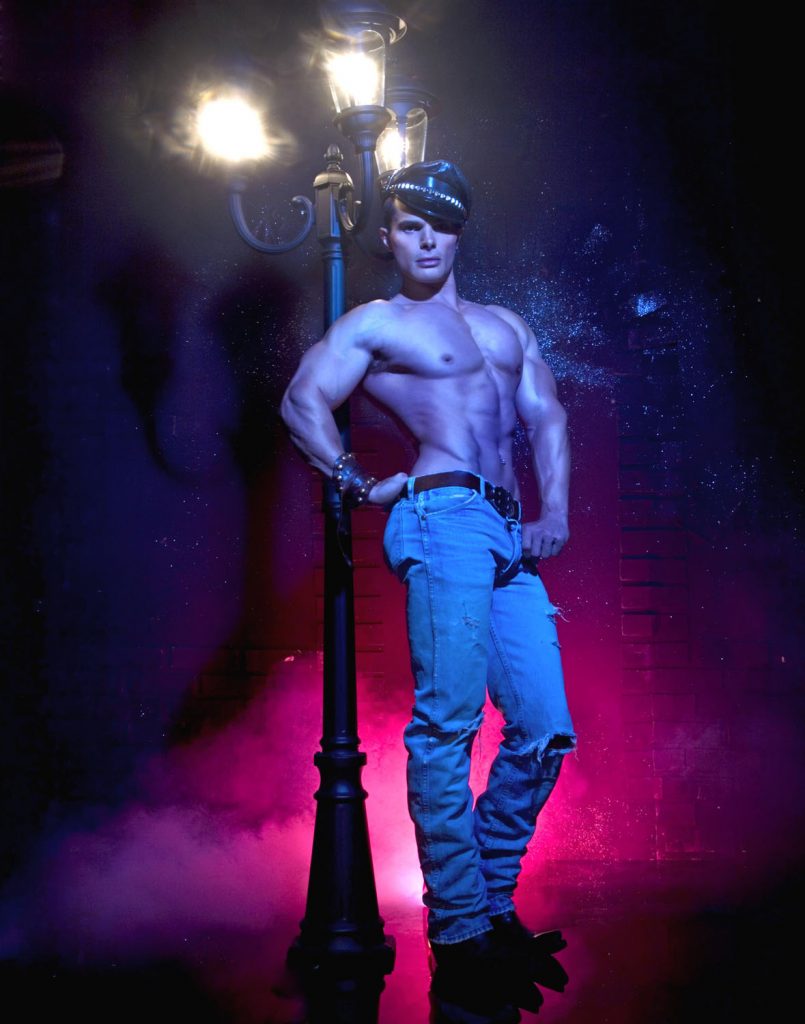
–
Where do your inspirations come from?
Classic gay artists like James Bidgood, Bob Mizer, Quaintance, Tom of Finland and so many others. I also love the fashion work of Helmut Newton, Richard Avedon and Guy Bourdin. I frequent Garment District, New York’s fashion district. It is a magical place that I often visit for shopping and inspiration. I also love taking the metro in this city. There are so many crazy looks!
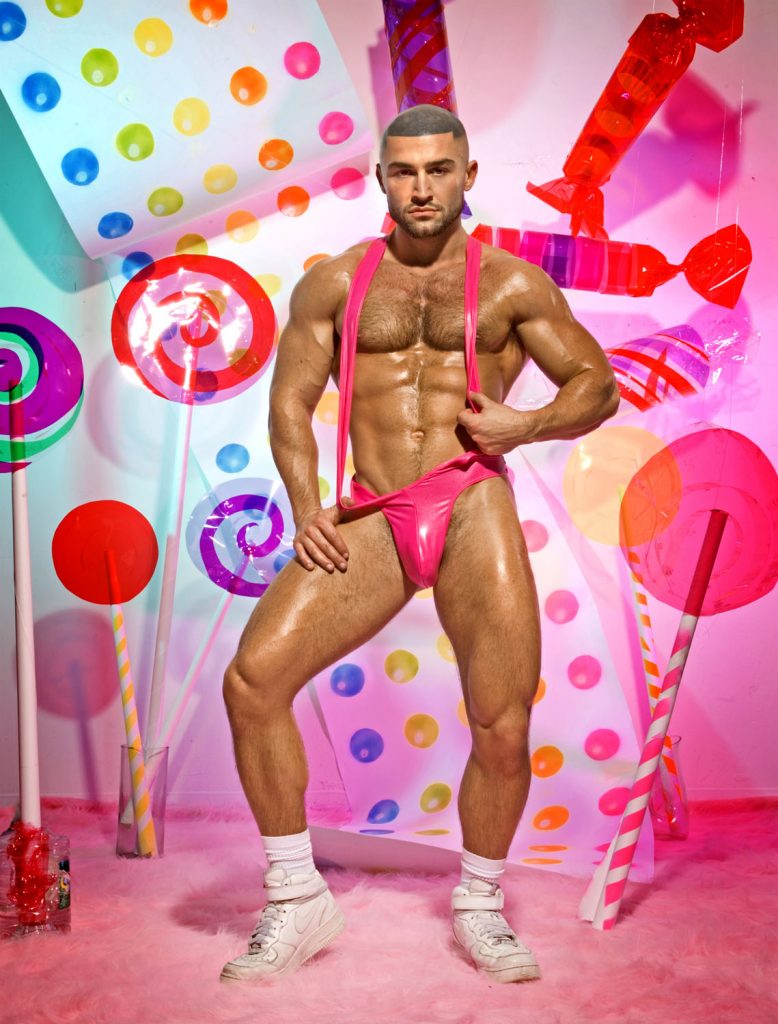
–
I have an intense love affair for New York. I grew up in the downtown 80’s club scene, in places like the Boy Bar, the Red Zone, The World or the Pyramid Club. Aesthetics campy 80s punk and drag was instrumental in shaping my aesthetic. My first job in New York was to showcase at Bergdorf Goodman. I continued at Bloomingdales, Henri Bendel and at Galeries Lafayette. The composition, lighting, style and general theatricality of the shop window design translated directly into my photography.
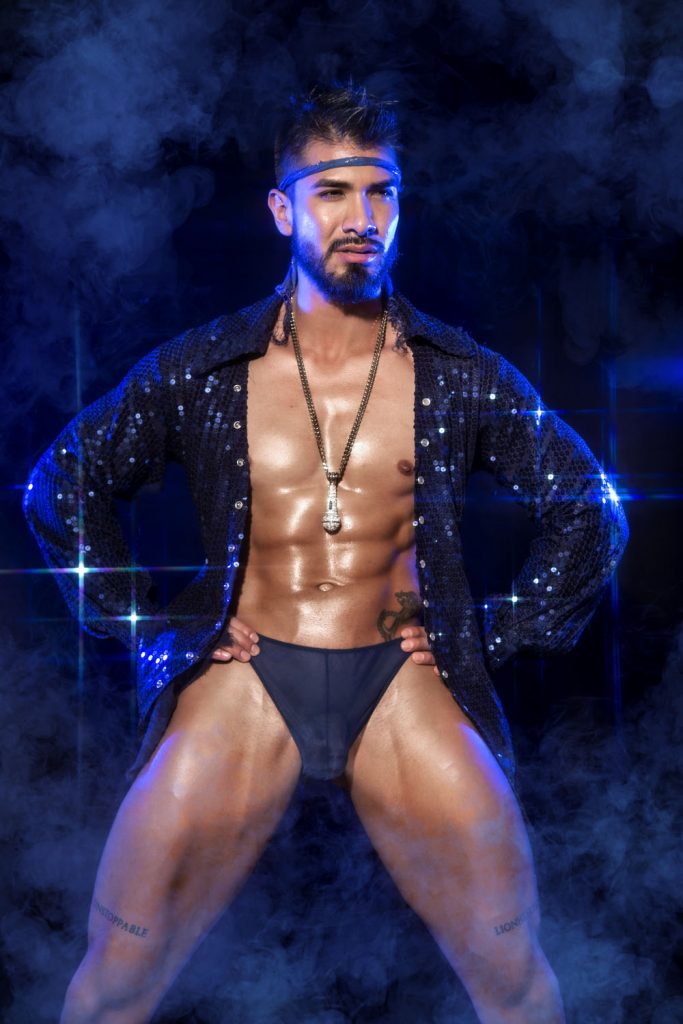
–
You have undertaken a (very beautiful) job on the fabric. Why ?
Thank you ! When I was a child, I wanted to work in fashion. I sewed all my life, made clothes and costumes for my photographs, fabric decorations. A few years ago I started to develop techniques for mixing photography and textiles, cutting and stitching photos in embroidery, hand stitching, things that I have always loved. A photo comes out in an instant, if you miss it, it’s over. In textiles, the image develops over the months. It gives me the ultimate luxury of time.
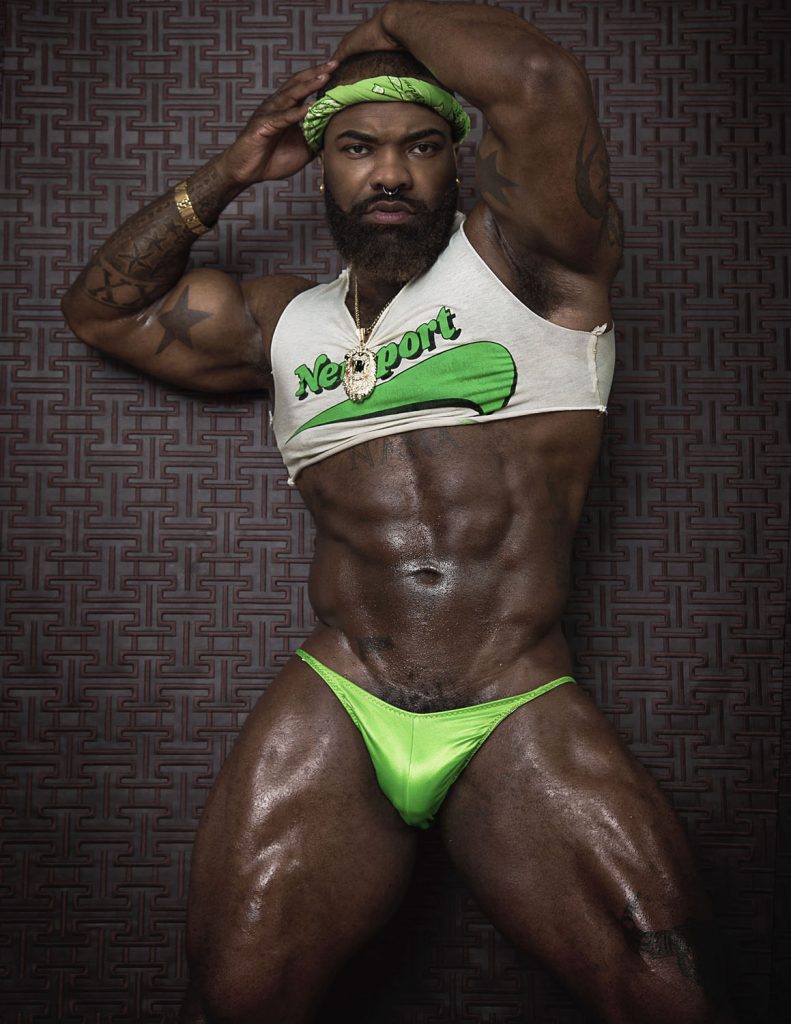
–
Where do you find your models?
Mostly on Instagram now. I have had many muses over the years. Models that have inspired me, with whom I have worked over and over again. I like having long relationships with my models, it gives me space to explore ideas. I am looking for alternative beauties. Something a little weird always catches my attention.
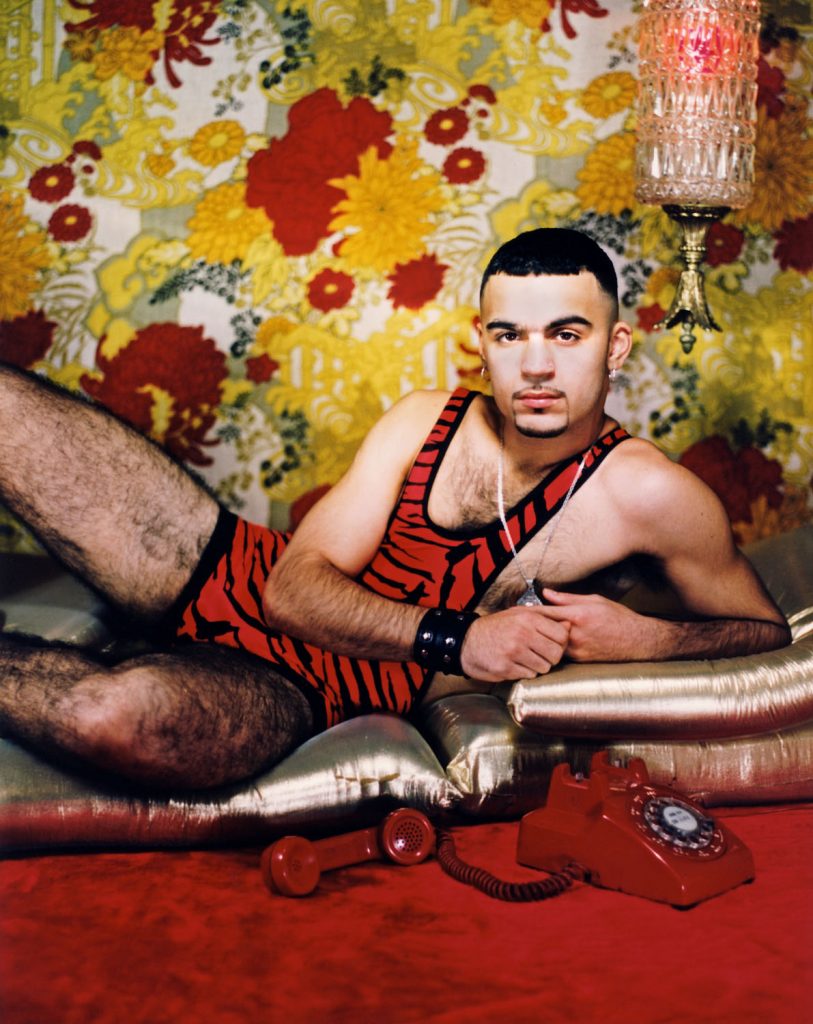
–
You started your work as a photographer in the 90s. How being a photographer today is different from that time …
Photography was still an industry in the 90s. There was a photography district in Manhattan, there were magazines, print ads, record covers. With the advent of digital, the programmed death of publishing, the arrival of camera phones and social media, photography has lost much of its cachet and certainly its viability as a profession. For me it is no longer a commercial enterprise. It is now part of my fine arts practice.
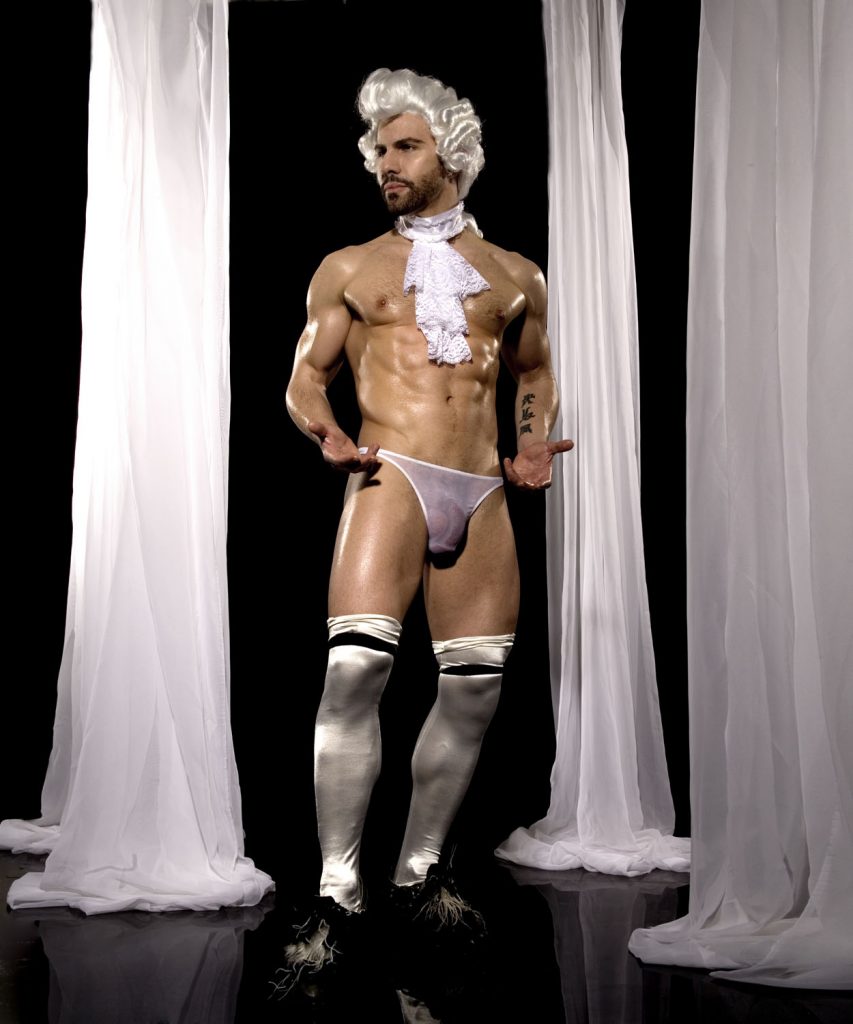
–
What is your best memory of photography?
When my work became popular, I felt visible for the first time. It was incredible to live that moment.
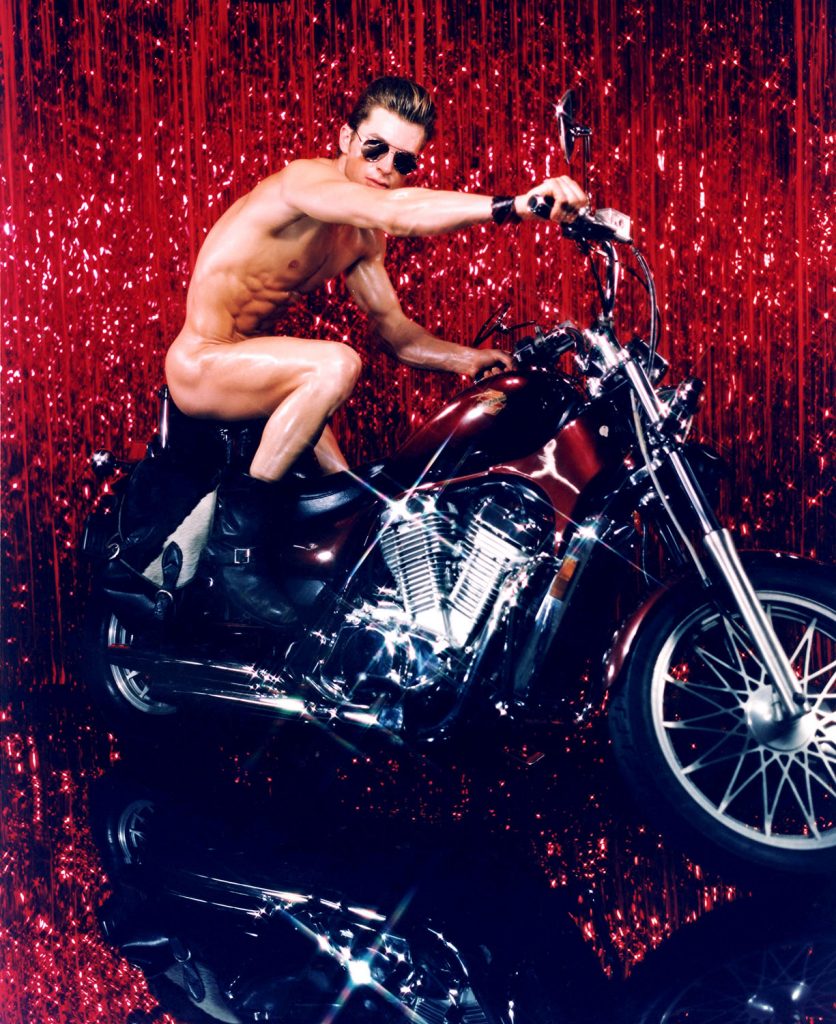
–
Do you have any plans?
I still have several projects in progress. I have recently taken a lot of interest in my archives. But since I feel like I’m doing the best job of my career right now, I’m having a bit of a hard time getting started. I feel like I’m just getting started, so the archives will have to wait a bit.
You can follow and find Aaron Cobbett’s work on Instagram Or on his site
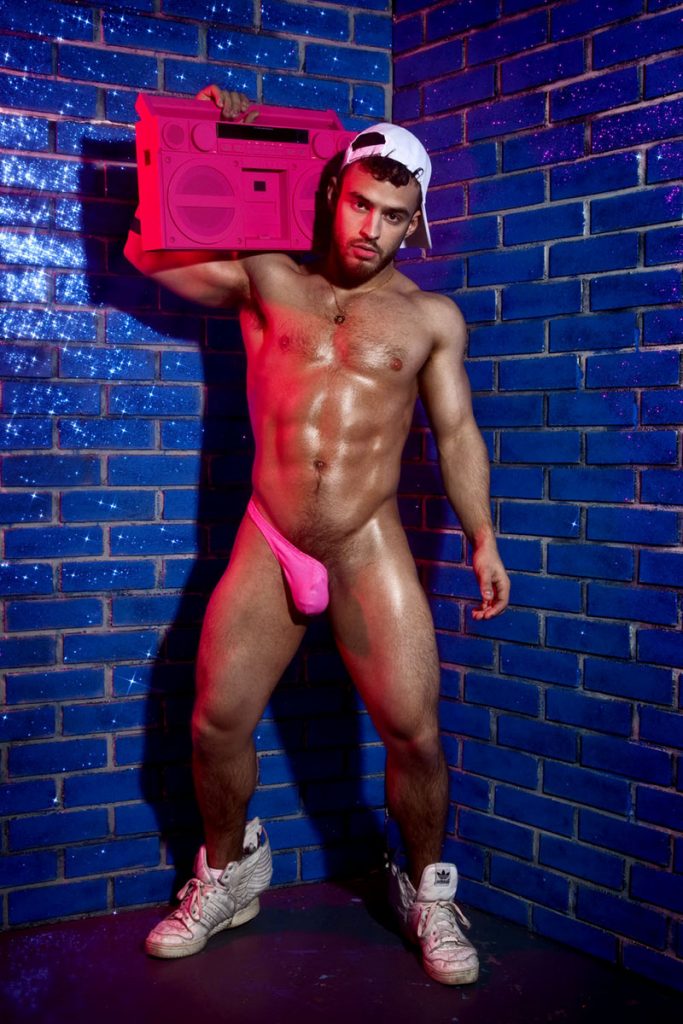
–
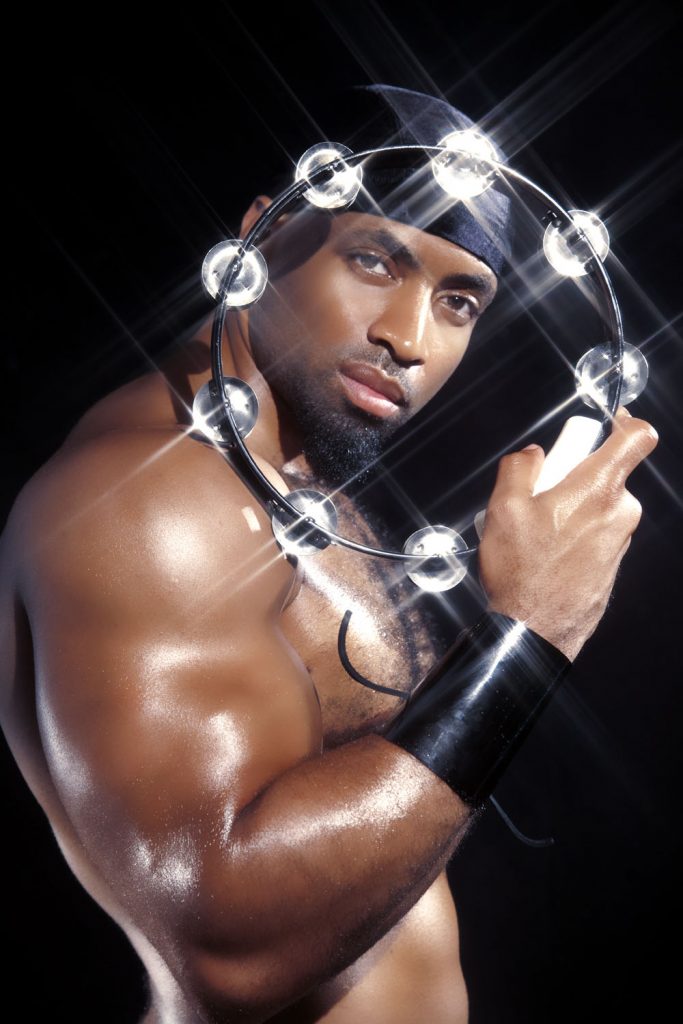
—
